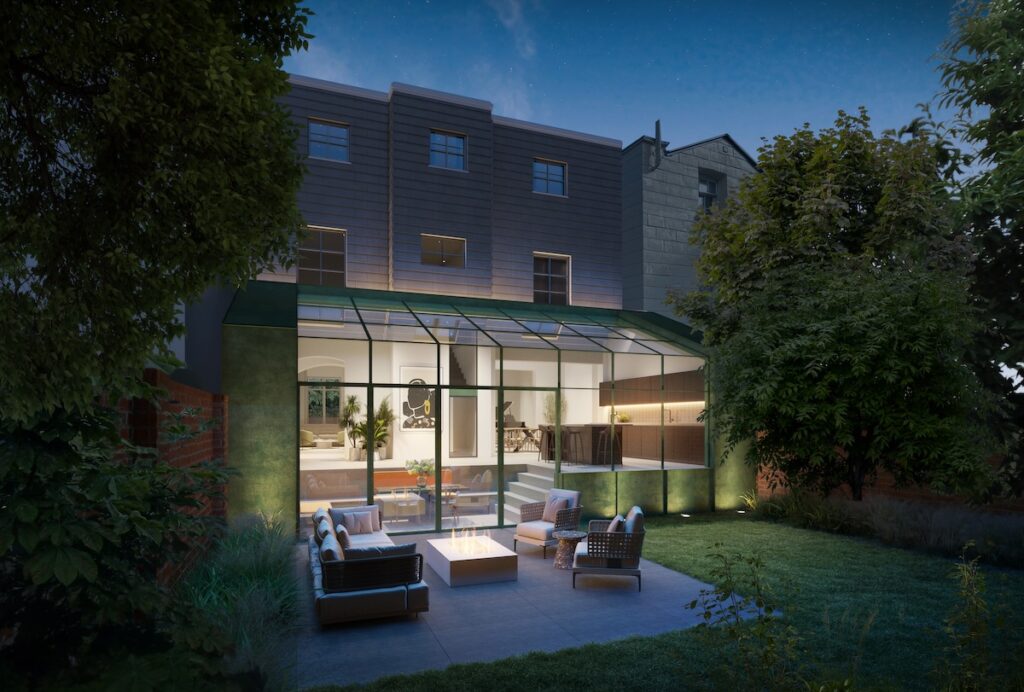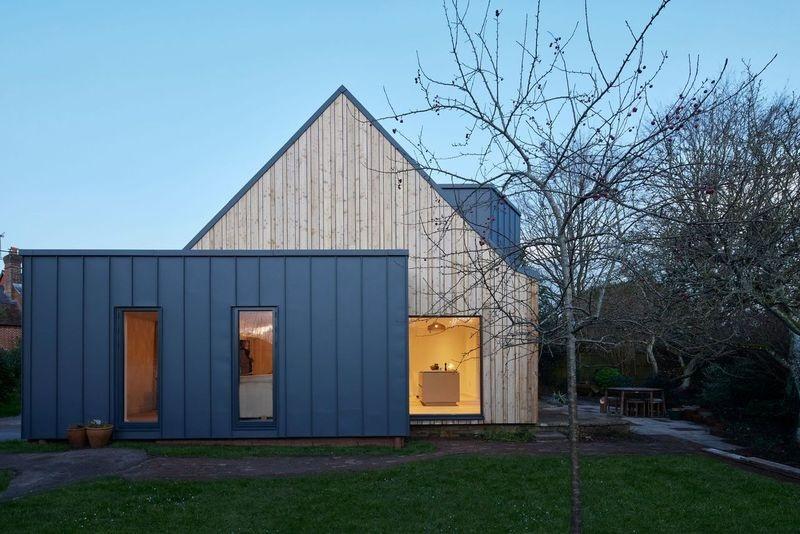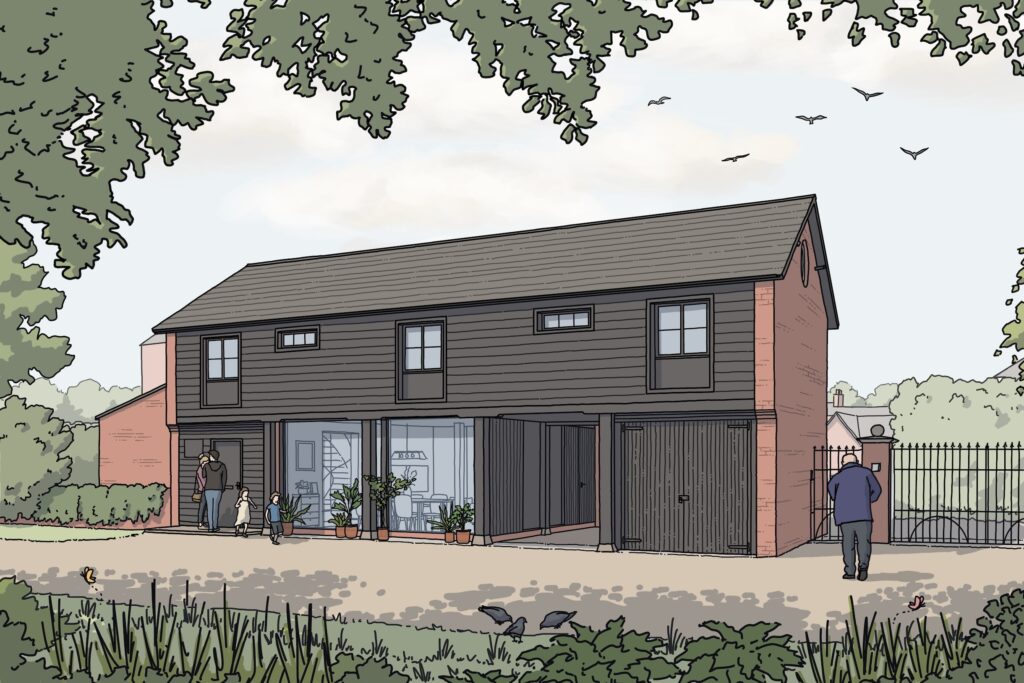This month has seen the construction start in earnest on our Regency Villa project, located in central Southampton, Hampshire. At this early stage, the focus is on carefully stripping back the modern alterations; carefully removing incongruous additions, taking internal stud partitions out, and clearing out the poorly built extension, to reveal the bones of the original period property.
This four-storey listed townhouse, originally built circa 1835, has lost much of its former grandeur over the years, something we are aiming to restore through this deep renovation and reimagining. Most recently, the property had been converted into a House in Multiple Occupation (HMO), which obscured much of the original character and has compromised the proportions of its rooms.
We’re thoroughly enjoying site visits at this point in the project. It’s exciting to see what the talented team at Tuakana is uncovering, such as original floorboards that had been covered over, and concealed, fireplaces. With the modern partitions removed, we can now fully appreciate the true dimensions of each room. Standing in these newly opened spaces and witnessing the natural light interact with the architecture is genuinely inspiring.
Our design vision is to return the house to a single-family dwelling, one that celebrates its period features while introducing a contemporary glass extension to the rear. The result will be a comfortable, elegant home that brings together the history of the home with the comforts of modern living.
Get in touch if you have a project you would like to discuss with the design team.


